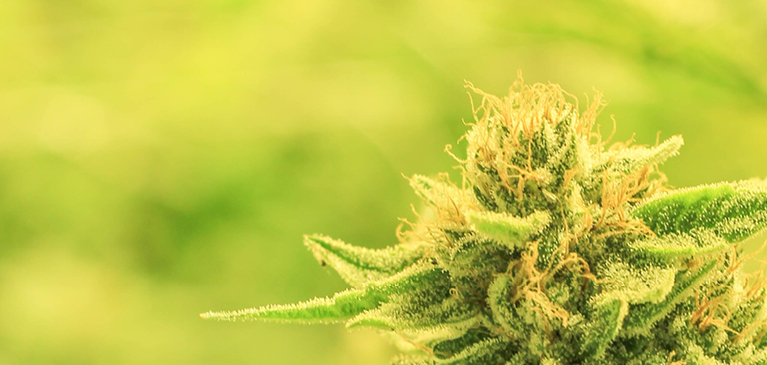
As we look out over the agricultural landscape, the sights and smells of fall harvest abound despite the challenges farmers and ranchers faced in the 2019 growing season due to weather. In the horizon you may see a field full of an unusual fragrant flower filling uniquely green plants that represent the process of a new frontier.
The hemp plant, non-THC variety, may be in your sight. Then again, depending on the agronomy practices of the farmer, some pollination may have occurred and the crop has failed. As with most any new adventure, there are significant risks in managing this hemp crop, and this first legal year of growing the crop under the 2018 Farm Bill has brought as much uncertainty as it has excitement.
The rising hemp acres within Michigan and Wisconsin, as part of the 46 states that have licensed the pilot growth of hemp, can be sensed by a careful observation of farm fields. It has been reported that there has been 128,000 acres of hemp grown in this first growing season across the country. Unfortunately, due to the nonexistence of adequate processing facilities, it is believed most will not get harvested or processed to gain the promised value. That fragrant smell of a hemp crop will more likely turn into the odor of field rot. Whether a farmer gains from the sweet dreams of hemp prosperity or the nightmares of hemp disparity may have all been dependent on factors outside the growers control. This was of course known going into the growing season and hope remains plentiful for this future crop.
Many of year one’s unknowns will be answered as harvest is completed and processing occurs. However, there may still be more questions than answers. Who grew hemp for CBD oil, which can garner up to $66,000 an acre, and which started with hemp for fiber at a bargain paycheck of $850 per acre? For those with oil in the plan, how do you get the oil out of the plant? Who has the equipment for such extraction, and will it be tested and approved in time for year two? As of now, only 10% of the equipment in place for processing has met the standards for extraction. And maybe most importantly, who are the experts farmers can rely on to help make the best decisions for 2020?
Importantly there has been a new resolve to create a regulatory framework that farmers and ranchers may depend on to make decisions in the future. Leadership for this regulatory framework is being shared by the USDA and FDA.
Recently, comments made to the FDA by the National Association of State Departments of Agriculture called for action to develop a structure to bring economic viability of hemp forward. They stated, “Hemp will only become economically viable to American farmers and ranchers in the United States if a well-defined regulatory framework for its products is developed. Consistency will be a key factor for development of a market for this emerging commodity.” A patchwork of rules will not help the industry advance. Standards and definitions so consumers can understand their purchases will be absolutely necessary.
The FDA is in the process of identifying pathways for hemp ingredients in food and supplements. This will lead to opportunities for innovation and growth.
It will remain very important for farmers to stay engaged in the development of this commodity. Communication is paramount as the pioneering moves forward. The sweet dreams and aroma of the future may be better found through a cooperative network of relationships.
To view the article in the online 2019 Fall Partners Magazine, click here.


